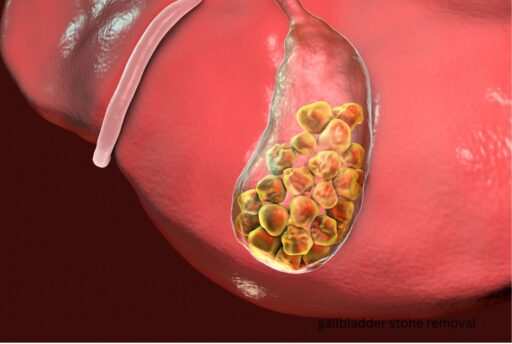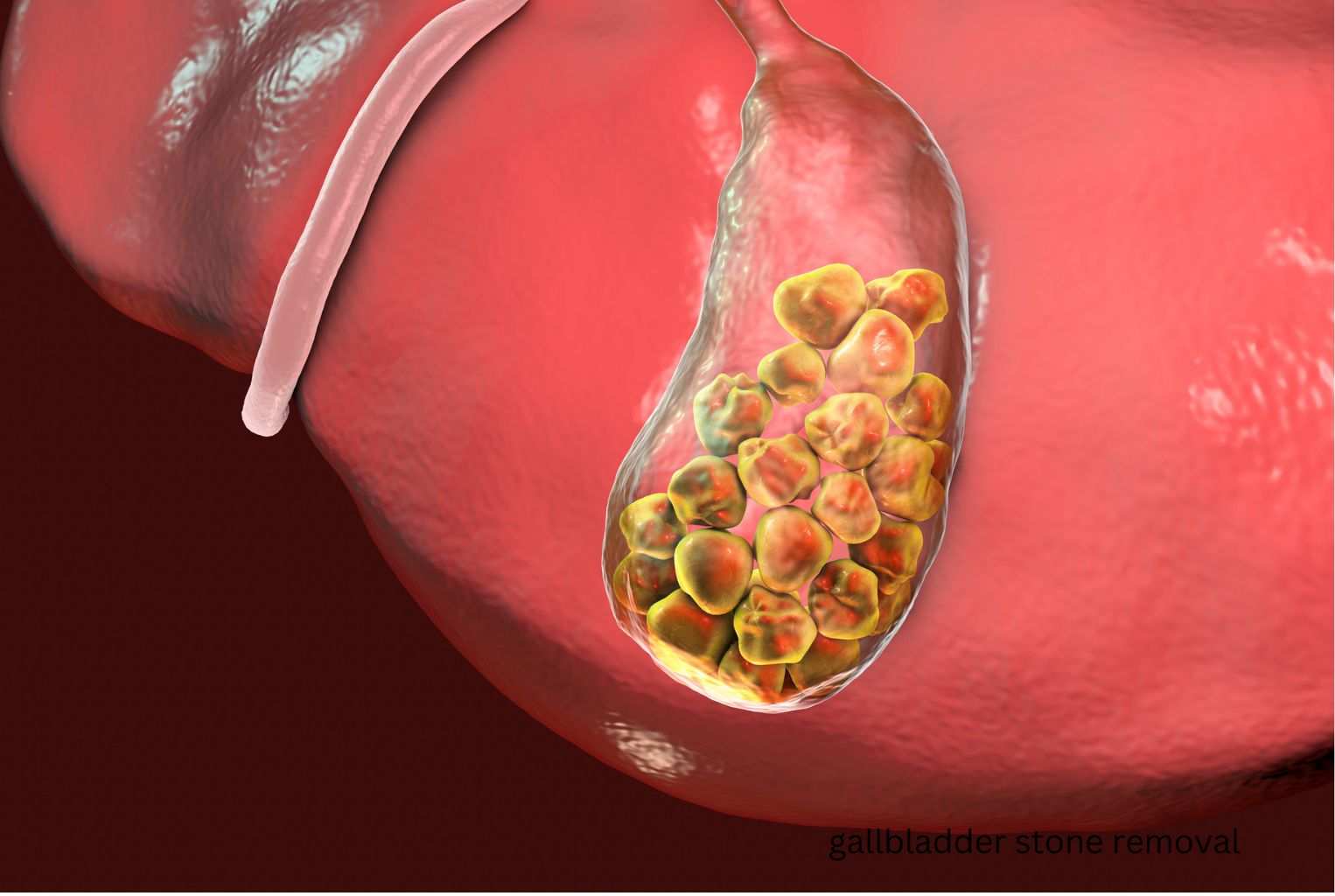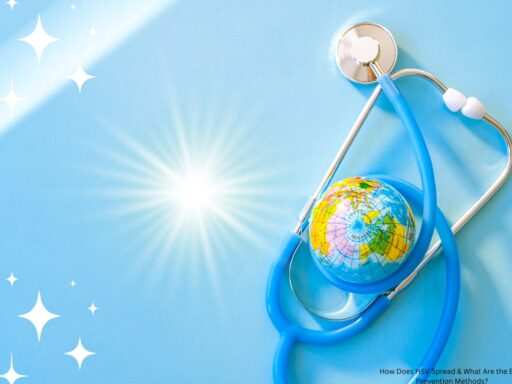Gallbladder stones (gallstones) can be very uncomfortable and unhealthy if left untreated. Small hard deposits form in the gallbladder and can cause pain, infection and other complications. In this guide we’ll go over the different methods of Gallbladder Stone Removal, the recovery and what to expect.
What are Gallbladder Stones?
Gallbladder stones are solid particles that form from bile, cholesterol and other substances in the gallbladder. They can be as small as a grain of sand or as big as a golf ball. Some people may have gallstones with no symptoms and others may have severe pain and discomfort and need Gallbladder Stone Removal.
Causes of Gallbladder Stones
Here are the causes of gallbladder stones:
- Excess Cholesterol: When there’s too much cholesterol in your bile it can crystallize and form stones.
- Bile Concentration: If your gallbladder doesn’t empty properly bile can become concentrated and form stones.
- Genetics: Family history of gallstones increases your risk.
- Obesity: Being overweight or obese is a big risk.
Knowing these causes can help in preventing gallbladder stones and when to have Gallbladder Stone Removal.
Symptoms of Gallbladder Stones
Gallbladder stones can cause symptoms from mild to severe. Here are some common symptoms:
- Abdominal Pain: Often in the upper right side of the abdomen, the pain can be sharp or dull.
- Nausea and Vomiting: When a stone blocks the bile duct.
- Indigestion: Feeling full or discomfort after eating fatty foods.
If you have any of these symptoms see a healthcare provider who may recommend Gallbladder Stone Removal.
Methods of Gallbladder Stone Removal
There are several ways to remove gallbladder stones. The treatment depends on the size, number and location of the stones and the overall health of the patient.
1. Medications
In some cases medications can dissolve gallstones. However this is only effective for cholesterol stones and can take months or even years to work. This is usually for those who cannot undergo surgery.
2. Non-Surgical Procedures
- Extracorporeal Shock Wave Lithotripsy (ESWL): This uses sound waves to break the stones into smaller pieces that can pass naturally through the digestive system.
- Endoscopic Retrograde Cholangiopancreatography (ERCP): This uses an endoscope to locate and remove stones from the bile duct.
3. Surgery
The most common and best way to remove Gallbladder Stones is surgery especially for bigger or multiple stones.
Laparoscopic Cholecystectomy
Laparoscopic cholecystectomy is a minimally invasive surgery to remove the gallbladder. Small incisions are made in the abdomen and a camera is used to guide the surgeon to remove the gallbladder along with the stones. This is preferred because of quick recovery time and less complications.
Open Cholecystectomy
If laparoscopic surgery is not possible, open cholecystectomy may be done. This involves a bigger incision in the abdomen to remove the gallbladder. Recovery from this surgery is longer.
Recovery After Gallbladder Stone Removal
Post-Surgery Care
- Rest and Activity: After laparoscopic surgery, most patients can go back to normal activities within a week. For open surgery, recovery is several weeks.
- Diet: Low fat diet is recommended after surgery to help your digestive system adjust.
- Pain Management: Mild pain is normal after surgery and your doctor may prescribe pain relievers to manage discomfort.
Risks
Gallbladder Stone Removal is generally safe but some risks are infection, bleeding or bile duct injury. Follow your doctor’s instructions and attend follow up appointments to ensure proper healing.
Long-term After Gallbladder Stone Removal
Most patients recover fully after Gallbladder Stone Removal and can go back to their normal activities without any long term problems. But without a gallbladder, some may experience changes in digestion especially with fatty foods. A healthy diet and lifestyle can help manage these changes.
Preventing Future Gallstones
Even after Gallbladder Stone Removal, stones can still form in the bile ducts. To prevent this:
- Healthy Weight: Obesity is a major risk factor for gallstones.
- Healthy Diet: Eating a balanced diet with plenty of fruits, vegetables and whole grains can reduce the risk.
- Regular Exercise: Physical activity helps to keep your bile ducts functioning well.
Conclusion – Gallbladder Stone Removal
Gallbladder Stone Removal is a common and safe procedure that can relieve the symptoms of gallstones. Whether through medication, non-surgical or surgery, the goal is to remove the stones and prevent future occurrence. Follow your doctor’s advice and make lifestyle changes and you will recover fully and reduce the risk of gallstones in the future.




